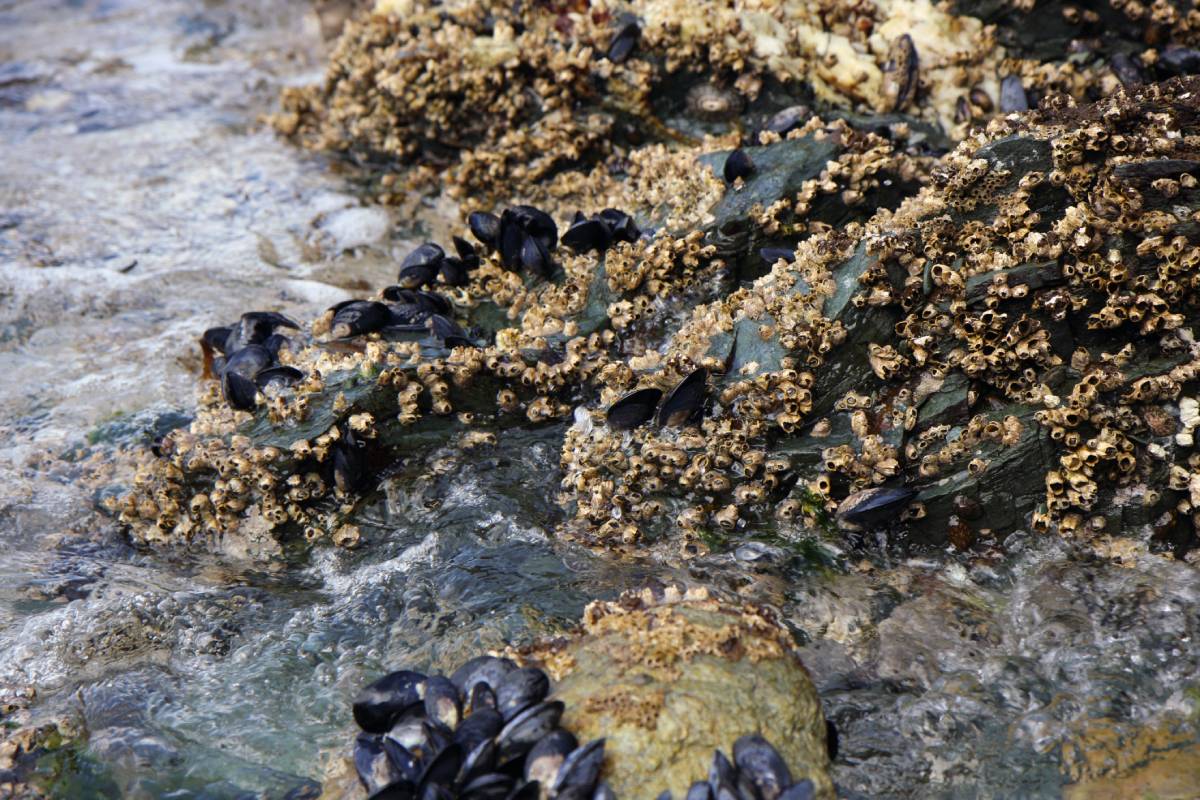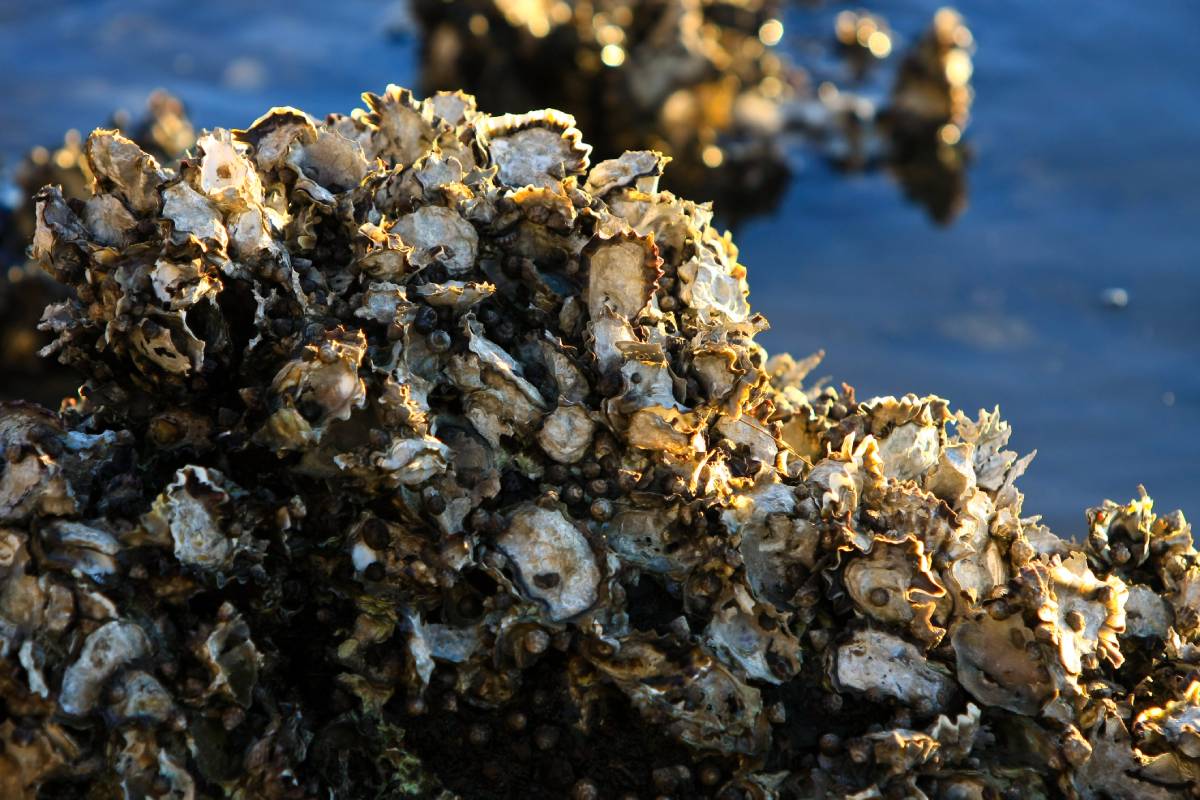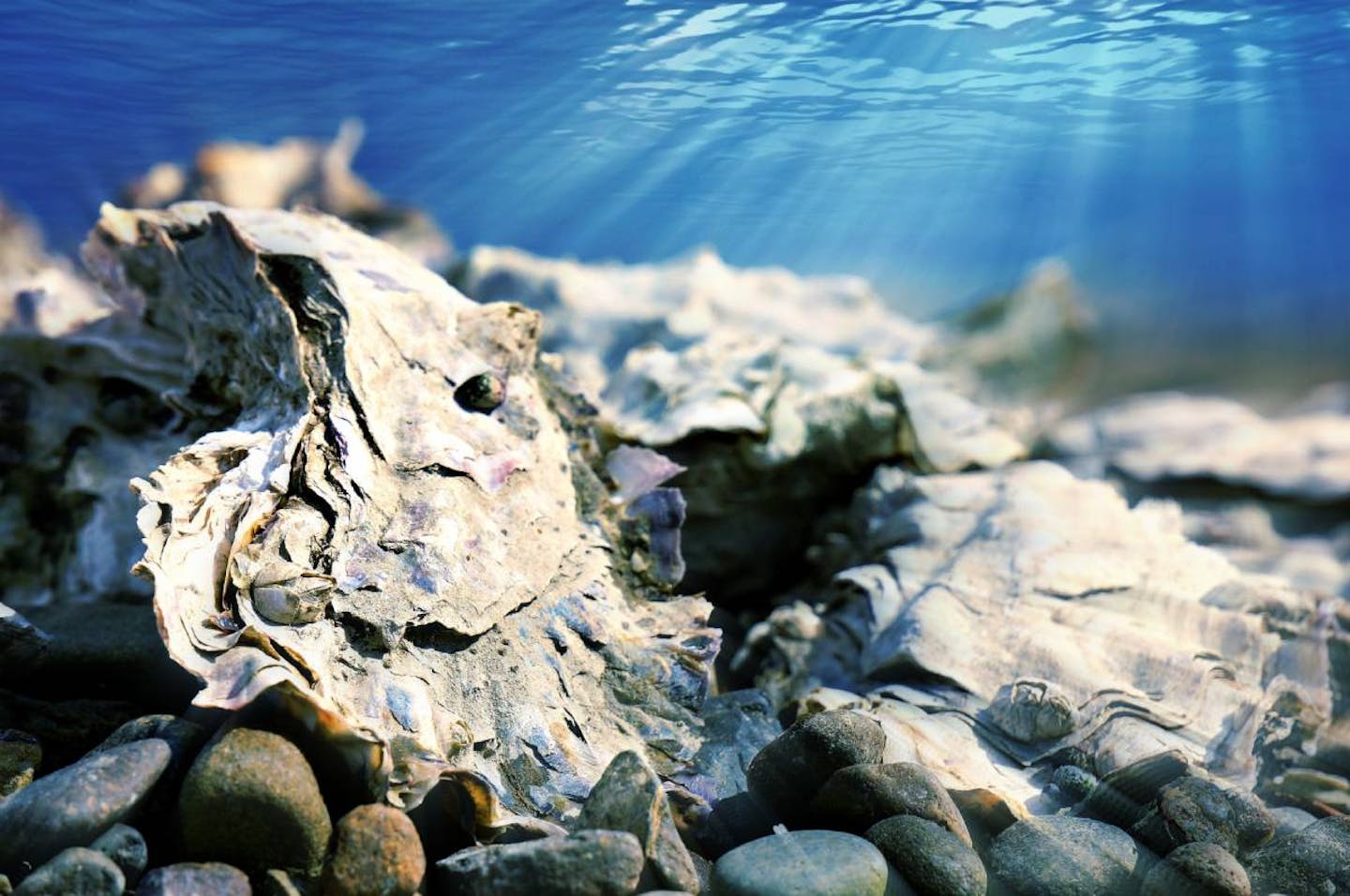Five astonishing facts you didn’t know about oysters
There are over 200 species of oysters, from the Pacific oyster (Crassostrea gigas), measuring 35.5 centimeters (13.97 in) long to the Olympia oyster (Ostrea lurida) at just six to eight centimeters (2.4 to 3.1 in) in length. Know culturally worldwide for their pearls or in cuisine, oysters are a fascinating mollusks species that should be noted for their abilities, including those that play a significant role in our shared ecosystem.
1. Oysters are a keystone species
A keystone species is one on which their ecosystem largely depends, so much so that if they were removed or made extinct, the habitat would drastically change or collapse completely. Grouped together, an oyster bed or oyster reef provides an architectural structure that serves as a habitat for various life. Hundreds of animals, such as sea anemones, barnacles, and hooked mussels, live in oyster reefs, reproducing and finding protection from predators.

Oysters on a rock at low tide.
2. Oysters change their gender
All oysters start life as male, but most will change permanently to female after about a year. Their reproductive organs produce both sperm and eggs, giving them the capability to change gender. It is, therefore, possible for an oyster to fertilize its own eggs. Once millions of eggs are fertilized, the female discharges them into the water. Larvae develop in six hours and settle into a bed in two to three weeks.

Live shells and oysters in the National park of Ushuaia in Argentina.
3. Oysters are shaped by their beds
Oysters shells come in a variety of shapes and sizes, and what creates each unique formation is the surrounding community. As an oyster attaches itself to a bed, it grows around the surface and the other oysters around it. Each oyster that joins the reef helps add to the overall shape of the bed and each individual shell.

Live Sydney oysters on rocks.
4. One oyster can filter over two gallons of water per hour
Through their gills and food consumption, oysters removed pollutants from the water around them. Multiple studies have shown that one oyster can filter up to 50 gallons of water per day.
By absorbing nitrates, ammonia, phosphates, plankton, detritus, bacteria, and other organic matter, oyster reefs can drastically improve water quality and clarity. In the Chesapeake Bay, the oyster population, at its peak, could filter the entire water volume in just three days.

A large rock in a coastal tidepool covered in oysters takes the daily barrage of the Pacific Ocean`s waves.
5. Oysters restore shorelines
The reefs oysters create together are natural barriers that protect shorelines from erosion, tides, and storm surge. These sturdy fortresses knock down the height and force of waves and keep sediments from washing away into the water. While almost 80% of oysters have been lost worldwide, they are making a comeback. Many oyster rewilding projects have been proposed to protect coastal cities, like New York, from the threat of rising sea levels due to climate change.
Whether you love them or leave them on the menu, humans' intertwined relationship with oysters is thousands of years in the making. However, now is the time to spread awareness about the crucial role this species can play in restoring and maintaining the health of our oceans and shorelines.
Interested in learning about more amazing species on our planet? Use One Earth's interactive Navigator to explore bioregions around the world.
Launch Bioregion Navigator


